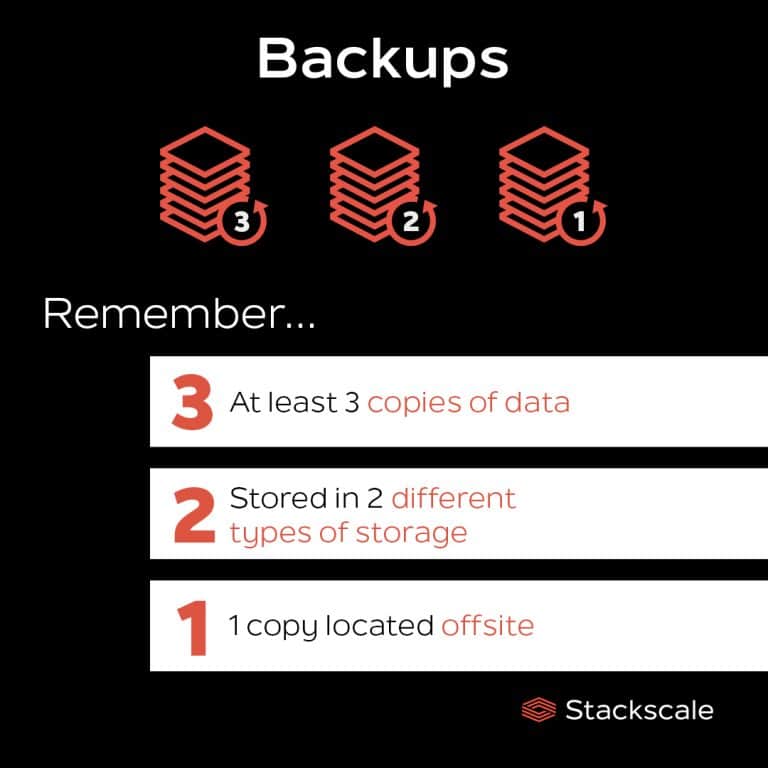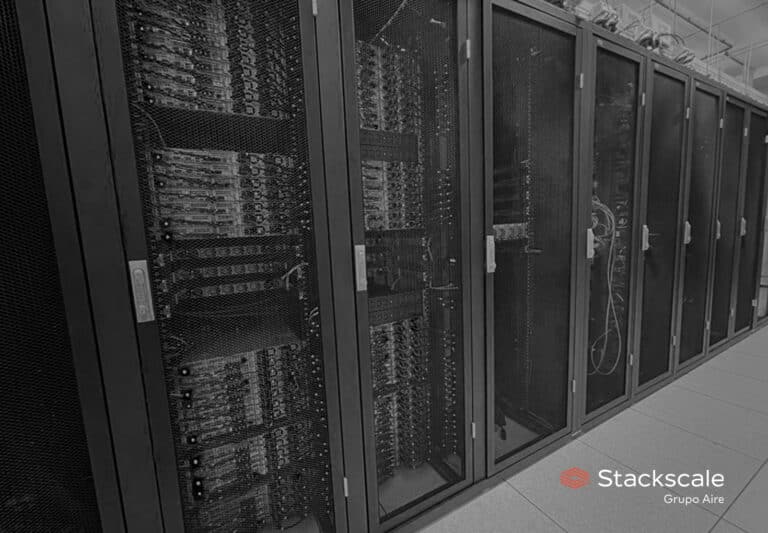Cloud resilience is at the core of business continuity. It is key to ensure your business can effectively recover from a failure or disaster. It entails, for instance, leveraging suitable cloud services, HA and disaster recovery solutions to keep operations running even in the worst scenarios.
What is cloud resilience?
Cloud resilience refers to the ability of a cloud infrastructure or system to recover and keep running in case of a failure or any other unexpected event. The concept of resilience in cloud computing comprises aspects like:
- High Availability (HA).
- Fault Tolerance.
- Disaster Recovery (DR).
- Security.
- Monitoring and analytics.
- Testing and constant improvement.
It aims to minimize downtime and ensure business continuity at all times. Thus enhancing the reliability and stability of cloud services and systems.
Cloud Reliability vs Cloud Resilience
Although closely related and important for ensuring overall stability, reliability and resilience focus on different aspects. While high reliability focuses on the ability of systems to be less likely to fail, while consistently achieving an expected level of performance and availability, high resilience also emphasizes the ability to recover in case of failure or disaster.
Important aspects to achieve a resilient cloud infrastructure
There are diverse strategies and tools that can be used to withstand and recover from system failures and disruptions. From monitoring and security to high availability and fault tolerance, there are many aspects that contribute to achieving high resilience in the cloud. Therefore, each organization must develop and implement a strategy that suits their goals and complies with their requirements.
Let’s review some key aspects to achieve a resilient cloud infrastructure.
High Availability
Through High Availability, organizations can eliminate single points of failure in their cloud systems to minimize the impact of a disruption or failure. In case of failure of the primary server, a backup server within the HA cluster will detect it and restart the service. Thus ensuring services and applications are always available and accessible to users.
Redundancy
Redundancy, as well as automatic failure detection, are key features to achieve High Availability. HA can be achieved within the same datacenter, at node level, as well as relying on two geographically distant datacenters. At Stackscale we provide solutions between remote data centers within the same region with latencies below 1 ms to allow customers to increase the resilience of their cloud infrastructure.
A geo-redundant cloud infrastructure further improves availability, since in case the primary datacenter goes down, your services will keep running in another one.
Fault Tolerance
Businesses can go further and opt for a fault-tolerant design so that the standby system takes over without any downtime when the primary system fails. Fault Tolerance is achieved by mirroring systems and requires complete redundancy in hardware, among other elements.
Disaster Recovery
Developing a comprehensive Disaster Recovery plan is also essential for cloud resilience. DR planning helps minimize the impact of system failures, cyber attacks or any other contingencies by getting applications back to operation in the shortest time possible, allowing the organization to keep operating, virtually as usual, until the issue is completely solved.
The DRP must identify critical resources, establish recovery goals (RTO and RPO) and define clear roles and responsibilities for executing the plan, as well as the action protocol and necessary methodologies.
Backups and data replication
DR planning also involves important elements such as backups, data replication and failover to secondary locations.
Backups are a simple form of Disaster Recovery to be protected against contingencies like data corruption, system faulty updates, etc. Periodically testing backup and restoration processes is also necessary to ensure they work as expected.
Security
The adoption of appropriate and robust security measures is basic and yet indispensable to protect cloud systems and data from cyberthreats. From implementing security best practices to running regular security audits and vulnerability assessments, there are many opportunities to boost resilience in cloud computing.
Monitoring and Analytics
Closely related to security and performance, monitoring and analytics also play an important role in guaranteeing expected service levels, early detecting threats and solving issues in order to prevent service disruptions. By implementing comprehensive monitoring systems and tools for your cloud infrastructure, you ensure greater visibility and control over key performance indicators, resource utilization, potential issues, etc.
Testing and constant improvement
Last but not least, it should go without saying that regular testing is essential in cloud resilience strategies. Performing periodical tests and simulations contribute to creating a constant improvement cycle that highlights the importance of cloud resilience and promotes collaboration, innovation and proactive risk management.
Moreover, a successful cloud resilience strategy requires clear documentation and training as well. All team members involved in maintaining and operating the cloud infrastructure must know the configurations, procedures and action protocols to effectively respond to service disruptions and failures.
Finally, it is worth mentioning that in many cases, cloud resilience may also entail re-evaluating your organization’s cloud services and business continuity strategy. This includes assessing whether your infrastructure adapts to your real business needs and ensuring full visibility over all services and systems.
We can help you improve cloud resilience and business continuity with custom Disaster Recovery and HA cloud solutions to keep operations running even in the worst scenarios.





